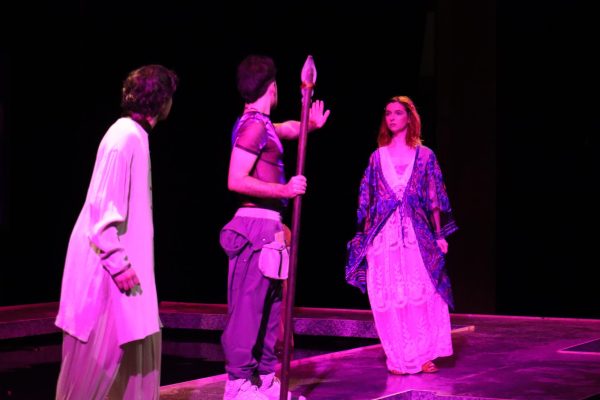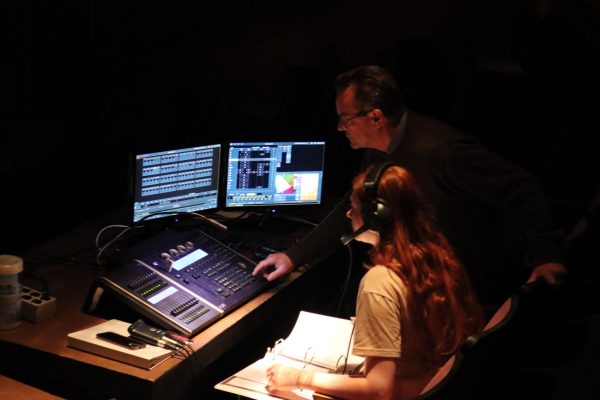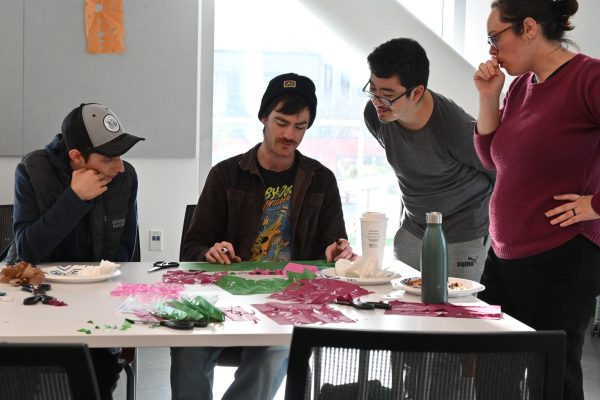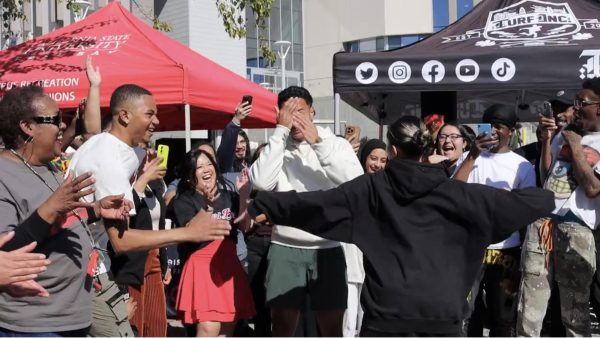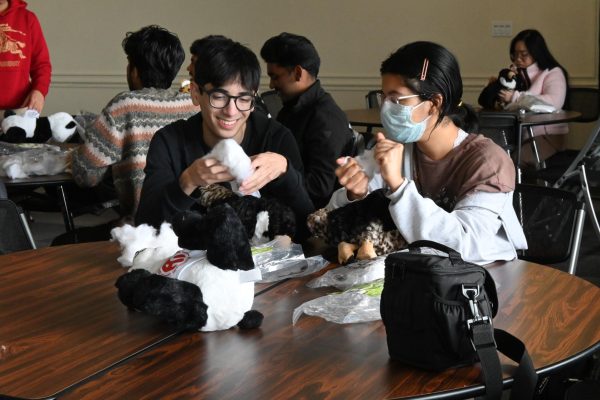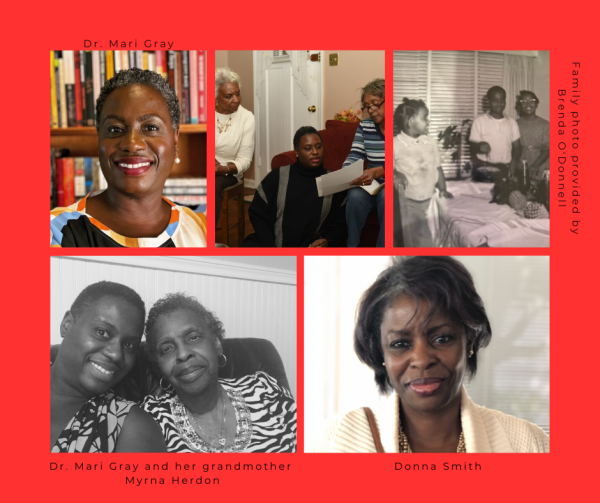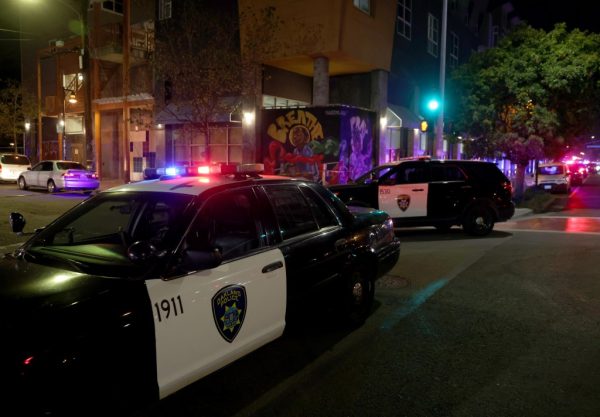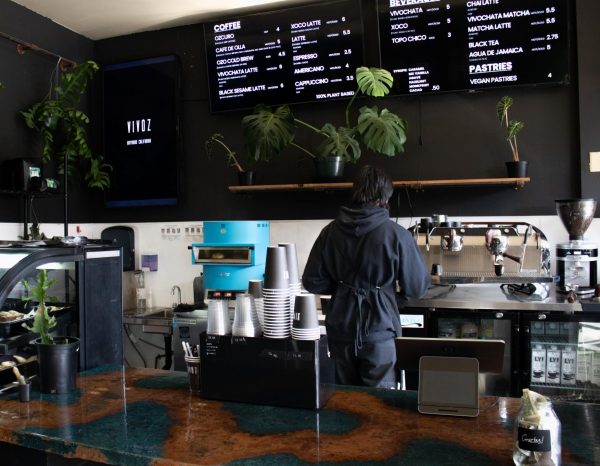Hip-Hop culture gets a reintroduction
Many young people today think hip-hop is defined by contemporary artists such as Kanye West, Drake and Kendrick Lamar. But by focusing only on present-day artists, they leave out artists who paved the way for hip-hop to become the phenomenon it is today.
In response to this, the Oakland Museum of California has curated “RESPECT: Hip-Hop Style & Wisdom,” a new exhibit that will run from March 24 to August 12. Visitors can learn about the roots of hip-hop and discover the roles that California and the Bay Area have played in the evolution of the genre.
Visitors will come upon a wall titled “Boom! The Birth of A Culture,” which explains how hip-hop grew out of the political unrest of the early 1970s. Early critics dismissed the sound of hip-hop, while the youth of the time took comfort in dance, poetry and art, which shaped the beginning of hip-hop.
“This year marks the 45th anniversary of Hip-Hop’s creation, which has grown to be one of the most influential cultural movements of the past 50 years,” OMCA communication manager Lindsey Wright said. “The Oakland Museum of California felt that this was an important time to recognize Hip-Hop’s positive impacts on our everyday lives.”
Wright says the exhibit draws most attention Friday nights at OMCA, when visitors can join block parties and activities in the Hip-Hop Dojo. The Hip-Hop Dojo is a space where visitors will be able to explore, learn and practice hip-hop skills for themselves.
Chief curator of the exhibit, René de Guzman, credits “RESPECT” as a team effort involving not only the museum but with the local community. The exhibition is made to be an interactive experience.
Guests are invited to learn the basics of disc jockeying on real turntables, sit and play chess and even learn how to breakdance. “It’s been a really great opportunity to bring everyone together, from families to young adults to older adults. We’re really thrilled to see how this exhibition has touched our community,” Wright said.
A part of the exhibit includes a map of significant and historical hip-hop landmarks in California, which pinpoints areas from Hayward up to Vallejo. Landmarks include the Eastmont Mall in Oakland where sideshows began and the studio where Too Short recorded his class “Born to Mack.” The section is an introduction of hip-hop into the Bay and was curated by Bay Area icons such as E-40 and Oakland-based 1990s group Hieroglyphics.
One focal point of the museum is the corner dedicated to those in hip-hop who have passed away. A mock street memorial is set up dedicated to rappers who have contributed to the Bay Area music scene, such as Phife Dawg of A Tribe Called Quest, Tupac Shakur and Mac Dre.
The Bay Area’s multi-ethnic urban culture has been highly shaped by the evolution of today’s hip-hop. Local Bay Area artists, street art and hip-hop fashion will also be featured throughout the exhibit, proving how hip-hop has influenced our fashion, language, media and the attitudes we take on.
Party flyers, photographs of hip-hop shows and style dating back five decades, as well as contemporary artwork will be on display, showcasing hip-hop through the eyes of urban artists.
A few eye-catching element of the exhibit is the 1964 Chevy Impala lowrider, display of iconic hip-hop artifacts such as Grandmaster Flash’s turntables and a handwritten essay by Tupac Shakur. Other artifacts a High Roller jacket from Troop, a Run-DMC Adidas sweatshirt, an LL Cool J jumpsuit and gold-chains.
The exhibit is definitely worth checking out whether you are a huge hip-hop fan or not. Hip-hop does not seem to be slowing down.



